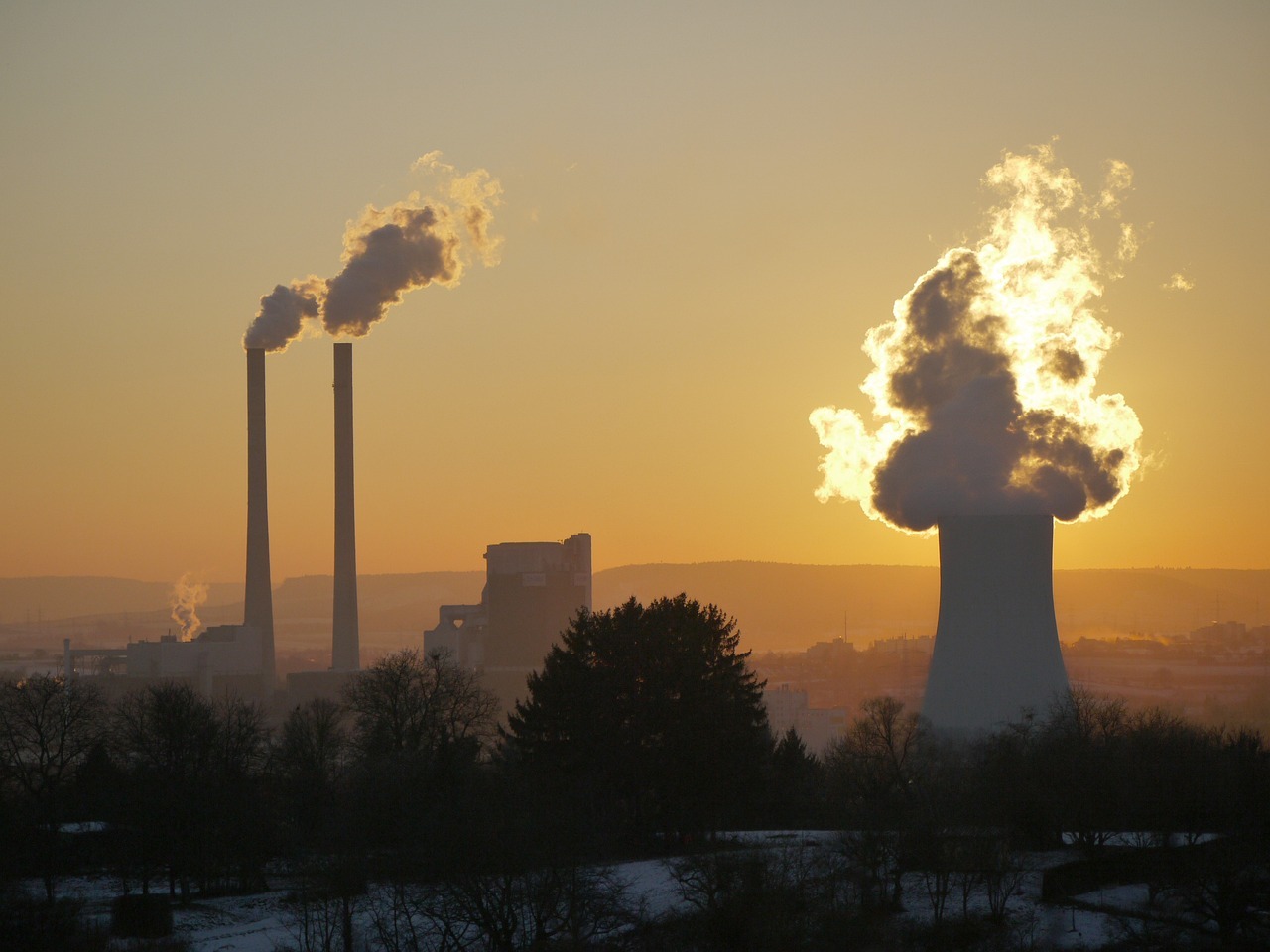It is no surprise that air pollution affects our health and lives in general. For years, important figures talked about how extended exposure to pollutants can affect us. Not only that, pollutants have made their way into our homes, workplaces, and practically anywhere we go. So, it is hard to avoid them any longer. It is difficult to get rid of pollution, there’s practically nothing we can do at the moment to eliminate the danger. However, what we can do is take certain steps to lessen the damage. In order to do this, we need to understand all aspects of air pollution first.
The following guide will help you with this matter.
Death Rate
Air pollution is assumed to be responsible for several deaths every year. According to the World Health Organization (WHO), nine out of ten people breathe air filled with pollutants, and about 7 million die due to air pollution. Although the numbers of mortalities due to air pollution have decreased since the 90s, it is still significantly high.
Indoor Air Pollution
Air pollution caused by elements inside the house can be equally dangerous. About 4 million of the 7 million pollution-related deaths are caused by indoor pollution. Because the number of mortalities caused by indoor pollutants is significantly higher than those by outdoor pollutants, we need a deeper understanding of what causes it. This URL is a good place to get an in-depth understanding of what causes indoor pollution and how to prevent it. For example, pesticides, paints, and even your furnace can be the main causes of indoor pollution.
What Causes Air Pollution
There are many factors that contribute to air pollution. You are probably already familiar with some of them; pictures of traffic jams and factory chemicals are the first things that will come to mind. But for more clarity, here are the most common types in detail.
1. Smog and Soot
Smog is created when emissions of burning fossil fuels react with sun rays. Soot, on the other hand, is composed of small particles of dust, smoke, or soil, which are carried in the air in the solid or gaseous form. From engines to power plants, you can expect a huge amount of smog and soot coming out of these places. Any place that uses fossil fuel to keep running is likely to be emitting smog and soot, which can be deadly to us. Soot is especially dangerous because the tiny particles cannot be seen and could easily get inside our bloodstreams, causing malignant diseases.
2. Greenhouse Gases
Climate change has been getting worse each year due to greenhouse gases. Carbon dioxide, which is also created by combusting fossil fuel and methane, which can be created naturally and industrially, can lead to temperature-related deaths, the transmission of deadly diseases like lyme disease, and climate change. Greenhouse gases, especially HFCs, can work as a trap that keeps the sun’s heat from leaving the Earth’s atmosphere. Rising temperatures lead to thinner ice caps and rising sea levels.
3. Pollen and Mold
Although most types of pollutants are produced due to human activity, pollen and mold do not fall under that category but are still considered air pollutants. These types are also related to climate change, as rising heats can make their effects even worse. The air can easily carry allergens from trees, weeds, grass, and mold to inhabited places, which will lead to growing mold. An increase in mold, in turn, increases allergenic particles in the air that can be dangerous to human health. Allergenic particles can cause allergic responses, asthma attacks, and even water damage. There could be toxins flying in the air as well, which will endanger anyone inhaling it.
Protection
You can’t simply control pollutants from spreading, but you can limit your and your family’s exposure to these chemicals. Weathercasts will report if there are high levels of pollution, allergens, or any other potential threat in the air. You can then reduce the time spent outdoors. Your morning jog, for example, can be shorter. You can also stay away from areas with heavy traffic, and wash your clothes when you come home. Use sunscreen for protection against UV rays, which weather reports also tell you about.
As for indoor air pollution, you can avoid it with several methods like using efficient air filters, checking your house for any potential mold, cleaning your pet’s litter box regularly, and controlling humidity to a safe level, as pests are attracted to moist areas. Because it is better to be safe than sorry, knowing what causes air pollution, both inside and outside your house, will help you battle the negative effects of pollution, and prevent them in the first place. So, make sure that your kids grow in a safe environment, and keep your home pollution-free.

